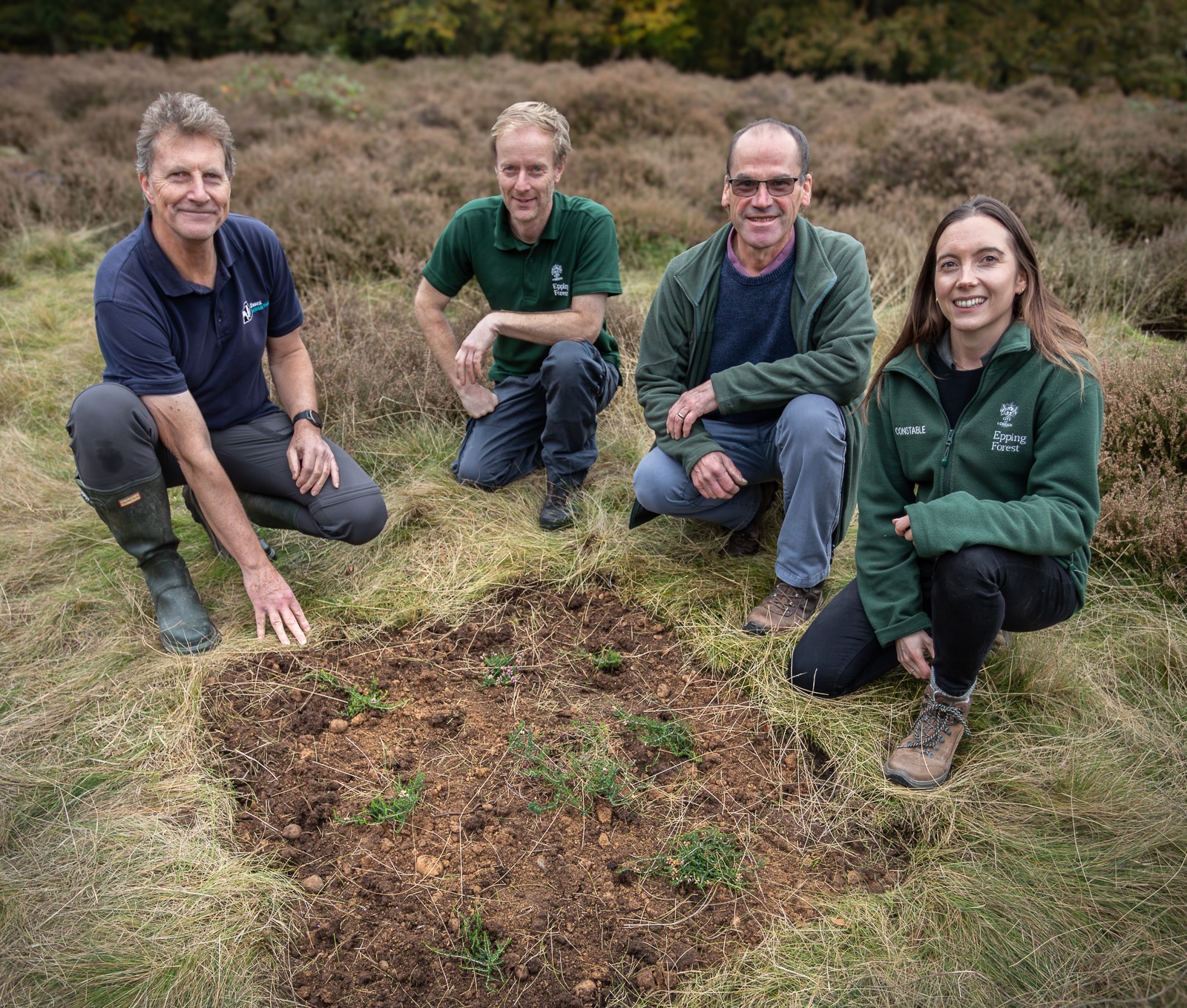https://www.bbc.co.uk/news/articles/cwy4pq63qpgo
https://www.essexwt.org.uk/news/trust-helps-restore-rare-plant-population-epping-forest
A delicate heathland species, bell heather (Erica cinerea), is set to make its return to Epping Forest after disappearing more than 50 years ago. This restoration effort is part of a conservation collaboration between the City of London Corporation and Essex Wildlife Trust.
Bell heather, which thrives on dry, free-draining acid heathland, was once present at Long Running Heath in Epping Forest but vanished in the late 1960s. Unlike its relative heather (Calluna vulgaris), or the cross-leaved heath (Erica tetralix) which prefers damper conditions, bell heather has very specific habitat needs, making it particularly vulnerable to habitat loss.
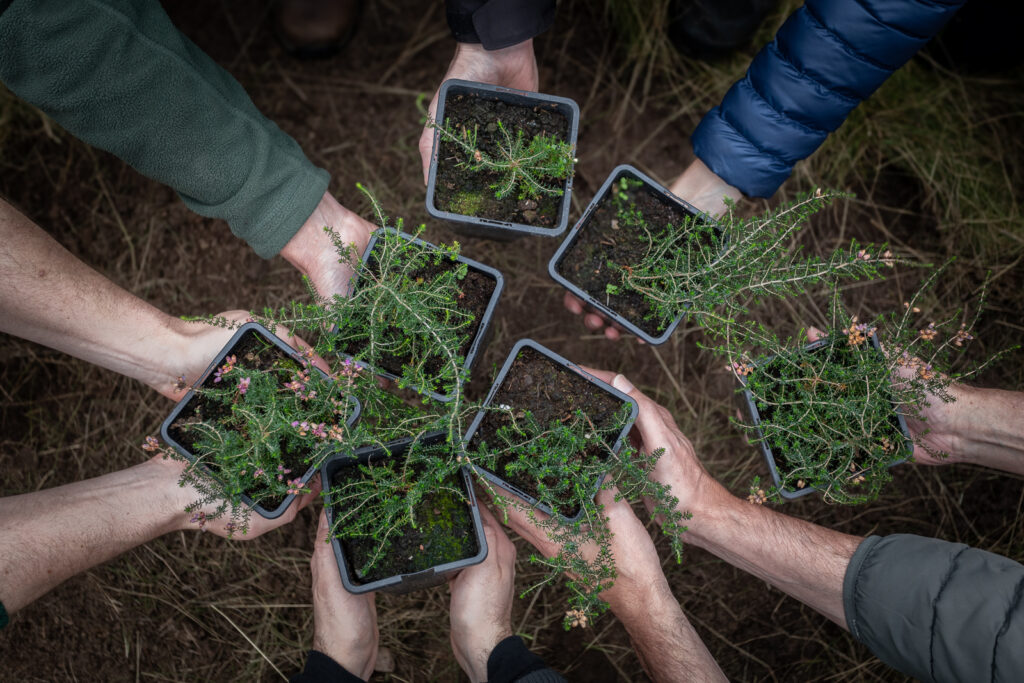
Today, its only known location in Essex is at Tiptree Heath nature reserve, a Site of Special Scientific Interest (SSSI) managed by Essex Wildlife Trust in partnership with the Friends of Tiptree Heath. This site currently stands as the last refuge for bell heather in Essex, and the only site in the county where you can see all three species of heather.
This conservation initiative was spearheaded by Paul Fletcher, a passionate botanist and retired academic from Queen Mary University of London, working closely with Essex Botanical Society (BSBI) recorder Ken Adams. After extensive trials with different propagation methods, root cuttings were found to be the most successful, resulting in eight healthy bell heather plants ready to be transplanted into Epping Forest’s dry heathland.
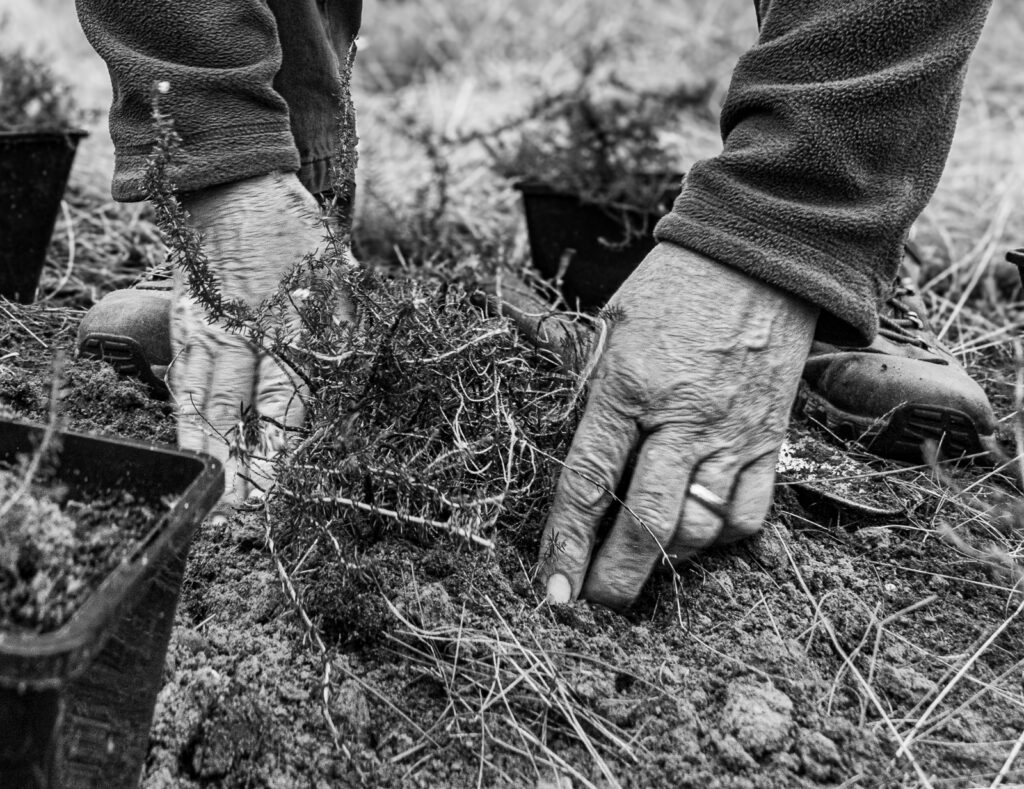
This project represents an exciting opportunity to enhance Epping Forest’s rich and diverse heathland habitats, which contribute to its designation as a Special Area of Conservation (SAC) and Site of Special Scientific Interest (SSSI). The City of London Corporation, which has managed the Forest for nearly 150 years, is dedicated to protecting and enriching this unique landscape, ensuring its wood-pasture, grasslands, and heathlands continue to thrive.
Natural England has endorsed the project as an important contribution to Essex’s Local Nature Recovery Strategy (LNRS), emphasizing its role in supporting the recovery of rare heathland species in the county.
Chairman of the City Corporation’s Epping Forest and Commons Committee, Ben Murphy, said:
“Heathland habitats are remarkably fragile and re-introducing this rare native species of bell heather at Epping Forest after more than 50 years is an exciting milestone in our ongoing conservation efforts to improve biodiversity in Essex.
“If we are serious about nature recovery and delivering biodiversity net gain, we must continue to look beyond our borders and build new partnerships. This pilot with Essex Wildlife Trust will help restore one of the UK’s rarest and most threatened habitats.”
Dr Jeremy Dagley, Director of Conservation for Essex Wildlife Trust, says:
“As one of the Trust’s most ecologically important sites, Tiptree Heath nature reserve’s success in nurturing all three native heathland species demonstrates the vital role small reserves can play in preserving biodiversity. The Trust is proud that this partnership with the City of London Corporation is helping to restore the once-lost bell heather to Epping Forest, with hopes that this collaboration will pave the way for future conservation efforts.”
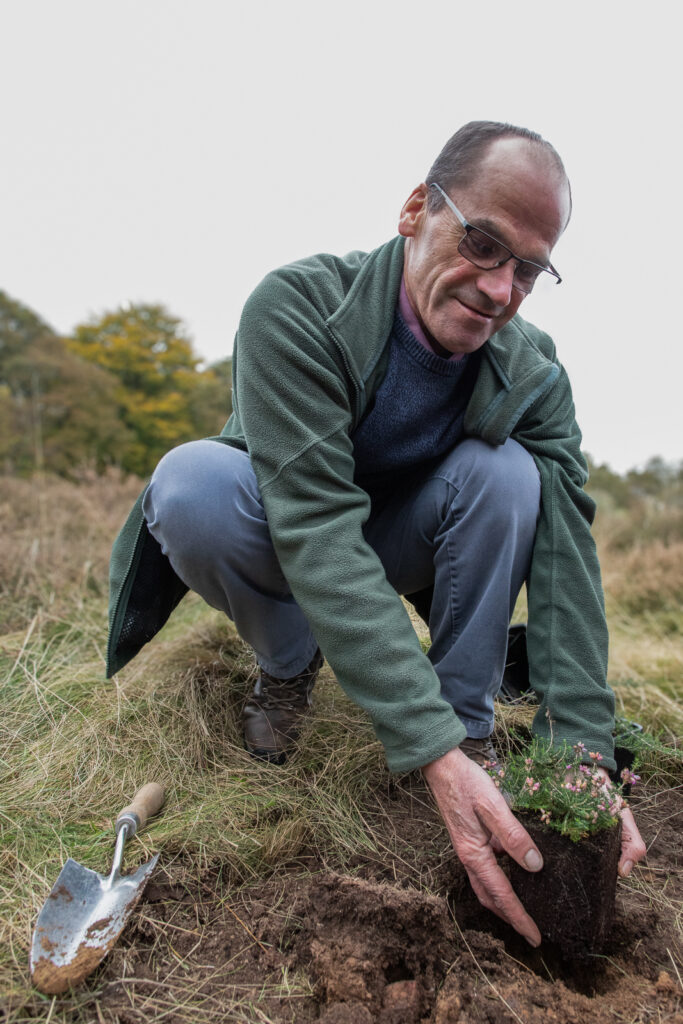
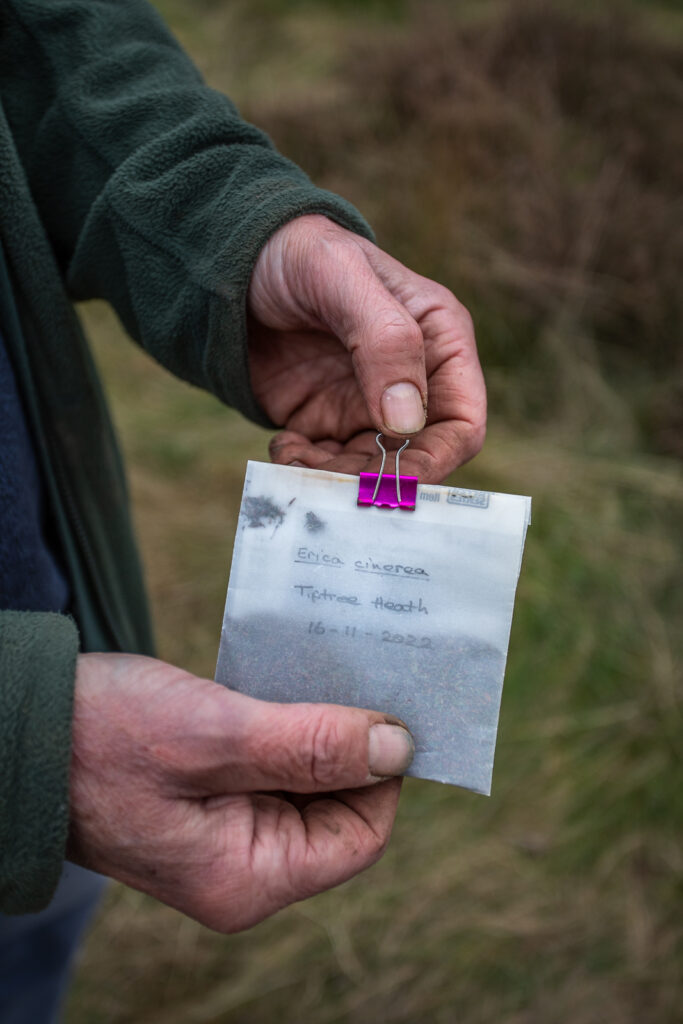
EDITOR’S NOTES:
.
All photographs courtesy of Andrew Wakefield.
Cover Photo L-R: Dr Jeremy Dagley, Director of Conservation, Essex Wildlife Trust – Andy Froud, Biodiversity Officer, Epping Forest – Dr Paul Fletcher, Botanist – Tanith Cook, Head of Conservation, Epping Forest.
.
Media Contact
For more information, please email Lauren Cosson, Communications and Marketing Manager on laurenc@essexwt.org.uk or phone: 07912267320
City of London Corporation Media lead for Environment, Open Spaces and Council Services, Joseph Smith, on joseph.smith@cityoflondon.gov.uk or phone: 07743 167 194
.
The City of London Corporation protects a total of 11,000 acres of green space in London and south east England – including places like Epping Forest, Hampstead Heath, Burnham Beeches, West Ham Park and over 180 smaller sites within the Square Mile, investing more than £38m a year. Most of these are charitable trusts, running at little or no cost to the communities that they serve, and are protected from being built on by special legislation. The total estimated value of the benefits delivered by the City Corporation’s natural capital assets is £282.6 million annually, with a predicted value of £8.1 billion over 50 years.
.
Essex Wildlife Trust is the county’s leading conservation charity, committed to protecting wildlife and inspiring a lifelong love of nature. The Trust manages nature reserves and discovery parks across the county, providing outstanding outdoor learning and preserving places of wonder. Founded in 1959 by volunteers, Essex Wildlife Trust protects and manages over 100 sites across Essex and is supported by 40,000 members. Together, they work together to protect the future of wildlife and nature in Essex.
